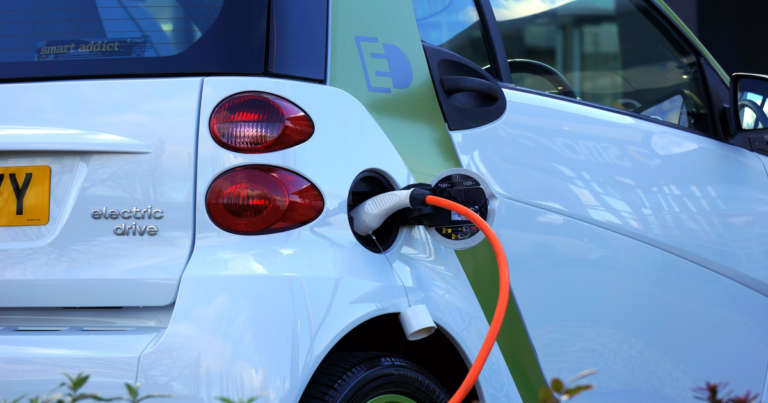According to a WMO’s (World Meteorological Organization) report, to achieve zero emissions and meet energy consumption needs, global renewable energy production has to be multiplied by 2X in the next 25 years. Keeping this intensification on one side, there are supporters of fossil fuels on the other, spreading misconceptions about climate change and its effect on energy production.
Though this situation is predominant in the United States, every nation has to understand the right and left of these misconceptions and get to know if there are any serious impacts.
The United States and the impact of changing seasons
Of course, wind turbines, the most promising sustainable energy source, need adequate wind speed for energy production. Likewise, solar energy depends on photovoltaic light to produce energy. So, there is a considerable impact from changing seasons all around the year. But how about conventional grid systems?
For example, in the United States, energy security has become a crucial concern as climate change continues to worsen throughout the seasons. One of the critical signs is frequent grid malfunctions and blackouts.
All of these denote that seasons affect energy production—be it conventional or sustainable. However, in this article, let’s focus only on the reliability of renewable energy despite weather or season changes.
Breaking the myth
Energy systems that use renewable natural sources (light sun, water, wind, etc.) need certain geographical locations, conditions, or environments for producing energy or electricity. When that environment is affected by adverse changes in weather, climate, etc., there are chances for two impacts, namely the reduction in energy production and the wear and tear of the energy systems. Notably, several research studies have been going on to statistically understand each of these impacts from harsh ice storms, heat waves, speedy winds, or hurricanes.
For example, consider Iceland, which has the coldest temperatures. They generate 100% of their electricity from geothermal and hydroelectric power stations, which are completely renewable. Alternatively, consider Uruguay. They generate more than 95% of their electricity from sustainable sources—solar, hydropower, biofuels, and geothermal—regardless of the severe heat waves.
Suppose Iceland and Uruguay can manage their energy security. In that case, the United States can also be assured of its energy security by simply checking on the favorable factors for sustainable energy production and upgrading its conventional energy grids with the latest solutions.
How can we abate the impact of changing seasons on renewable energy?
As mentioned before, geographical location is one criterion. Likewise, there are other factors you can take care of to ensure uninterrupted energy production from sustainable energy systems.
- Controlled enclosures for batteries
Extreme heat waves can increase the temperature to a greater extent, which may affect the efficiency of the batteries and battery systems. In such a case, these can be enclosed in a controlled environment with pre-set or regulated temperatures.
- Distributed technologies
Having one technology across all energy systems may result in an unnecessary energy crisis when unprecedented changes in seasons or climate conditions occur. Thus, countries have to deploy different technologies and systems so that even when one does not yield the expected results, the other ones may come to the rescue.
- Microgrids are more in practice
Having one large energy grid is only a bane to a country. Instead, multiple microgrids can be installed for easy energy transfers, supply, and maintenance. Also, this avoids outages as people can access other supplies.
- Site-specific and hybrid energy systems installation
Cold countries often experience stronger winds. So, solar energy systems can be combined with wind energy systems to make a hybrid energy system, eliminating the energy gap and the productivity of these systems.
Conclusion
Countries investing in energy systems, be they conventional or renewable, should ensure they have a customizable or tailored system with advanced machinery and technologies that can withstand big climate and seasonal changes in the coming years.




